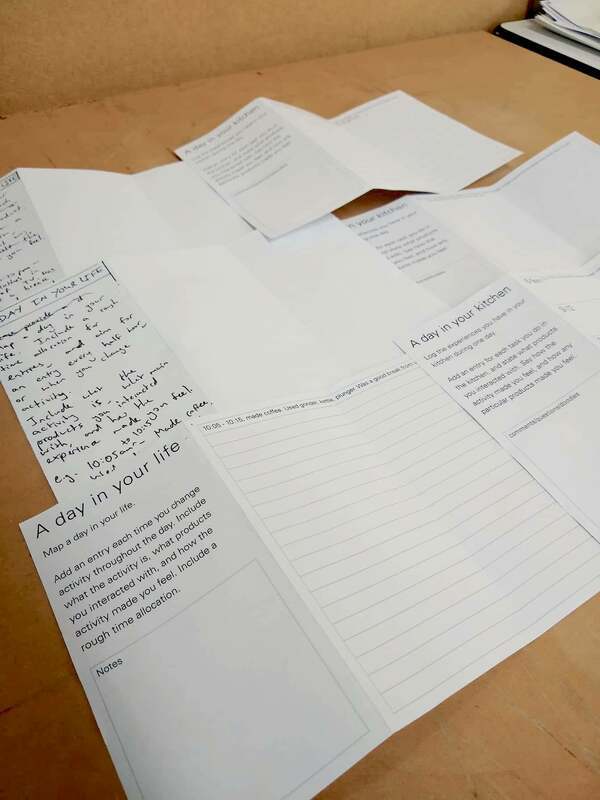- Published on
This week I read about downshifting in regards to meaning of life, and regaining the essence of leisure. I spoke about the readings with my parents, who talked about the protestant work ethic, a term I hadn't heard before. The protestant work ethic is the view that a person's duty and responsibility is to achieve success through hard work. This is different from how, say, the French and Spanish work. They work fewer hours, and spend more time socialising (e.g. over longer dinner times). Perhaps it would be worthwhile if I looked for texts on leisure by Spanish and French authors to see how their views compare with the views of the authors of the texts I've been reading. Mum also talked about the arts and crafts movement which focused on economic and social reform and was opposed to industrial manufacturing. This would be worth investigating.


